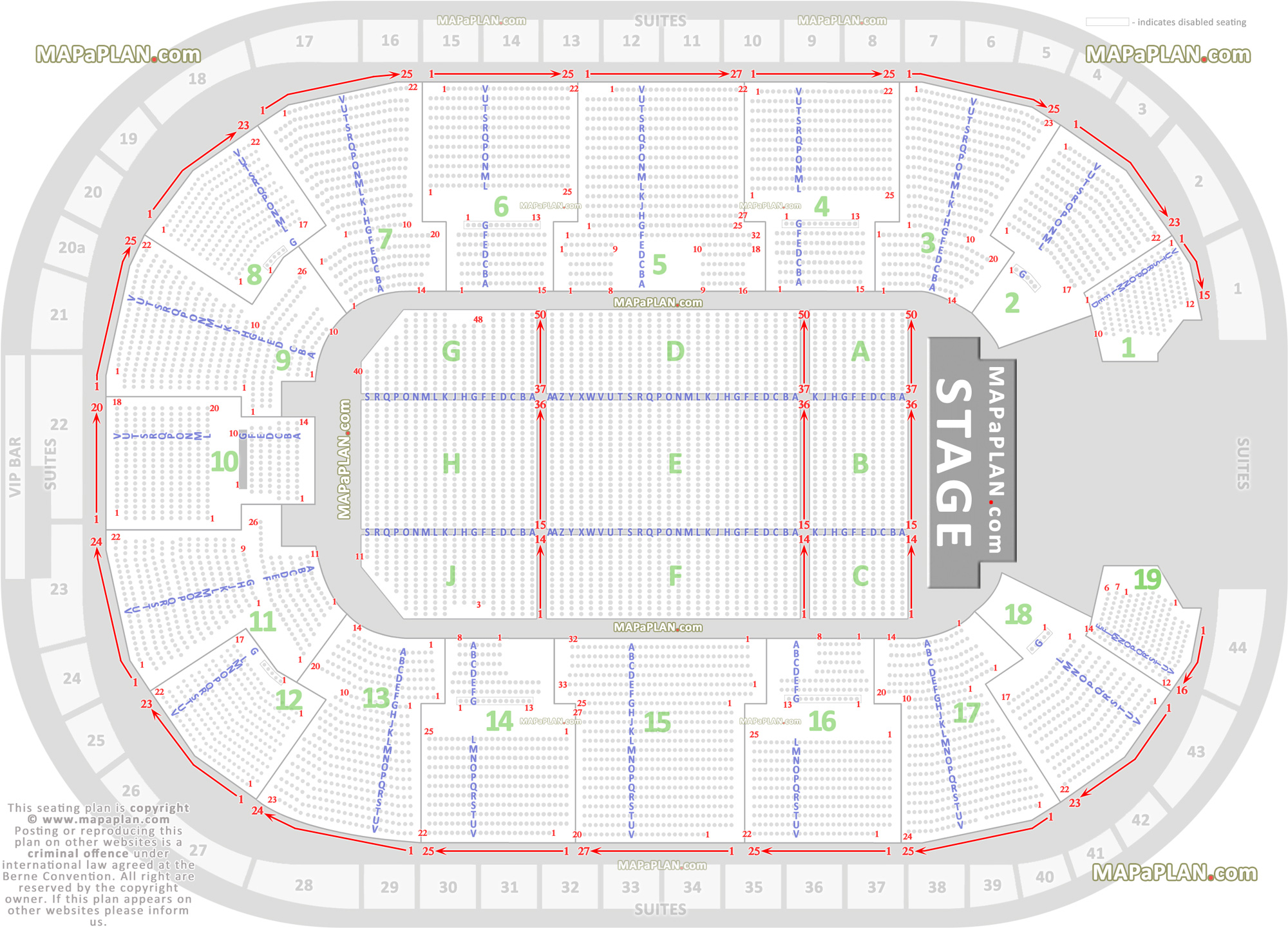

* *Example:* No breast tumor identified, but 2/3 axillary nodes were positive. Some of the terminology may include differentiation terms without some of the morphologic features used in Nottingham (e.g., well differentiated (G1), moderately differentiated (G2), or poorly/undifferentiated (G3)). Grade would be coded using G1, G2, or G3, even if the grading is not strictly Nottingham, which is difficult to perform in nodal tissue. **Note 8:** Grade from nodal tissue may be used **ONLY** when there was **never** any evidence of primary tumor (T0). * Do not calculate the score unless all three components are available A combined score of 3–5 points is designated as grade 1 a combined score of 6–7 points is grade 2 a combined score of 8–9 points is grade 3.

The grade for a tumor is determined by assessing morphologic features (tubule formation, nuclear pleomorphism, and mitotic count), assigning a value from 1 (favorable) to 3 (unfavorable) for each feature, and totaling the scores for all three categories. The Nottingham combined histologic grade (Nottingham modification of the SBR grading system) is recommended. **Note 7:** All invasive breast carcinomas should be assigned a histologic grade. The majority (51.9) had tumor sizes ranging 25 cm (pT2) and some (39.1) with >5 cm. SBR is also referred to as: Bloom-Richardson, Nottingham, Nottingham modification of Bloom-Richardson score, Nottingham modification, Nottingham-Tenovus grade, or Nottingham score. Nottingham prognostic index was employed in scoring the prognosis. **Note 6:** Scarff-Bloom-Richardson (SBR) score is used for grade. * In situ cancers: codes L, M, H take priority over A-D * Invasive cancers: codes 1-3 take priority over A-D.
Nottingham score 5 9 code#
**Note 4:** If there are multiple tumors with different grades abstracted as one primary, code the highest grade. **Note 3:** Assign the highest grade from the primary tumor. Code Grade Pathological as C (nuclear Grade 3), per the Coding Guidelines for Generic Grade Categories Code Grade Clinical 2 (G2) since Nottingham is the preferred grading system Methods: Data were extracted from a prospective hip-fracture database (FAMMI). This study aimed to validate the NHFS in a cohort with sufficient statistical power. Lumpectomy, invasive ductal carcinoma, nuclear grade 3 Introduction: The Nottingham Hip Fracture Score (NHFS) was developed to predict 30-day mortality for patients with hip fracture.

* *Example:* Breast biopsy, invasive ductal carcinoma, Nottingham grade 2. Assign Grade Pathological using the applicable generic grade codes (A-D). If the clinical grade given uses the preferred grading system and the pathological grade does not use the preferred grading system, do not record the Grade Clinical in the Grade Pathological field. **Note 2:** There is a preferred grading system for this schema. 8-9 Grade 3 tumor (poorly differentiated). 6-7 Grade 2 tumor (moderately differentiated). Notes **Note 1:** Grade Pathological must not be blank. The scores for each of these three criteria are added together to give a final overall score and a corresponding grade as follows: 3-5 Grade 1 tumor (well-differentiated).


 0 kommentar(er)
0 kommentar(er)
